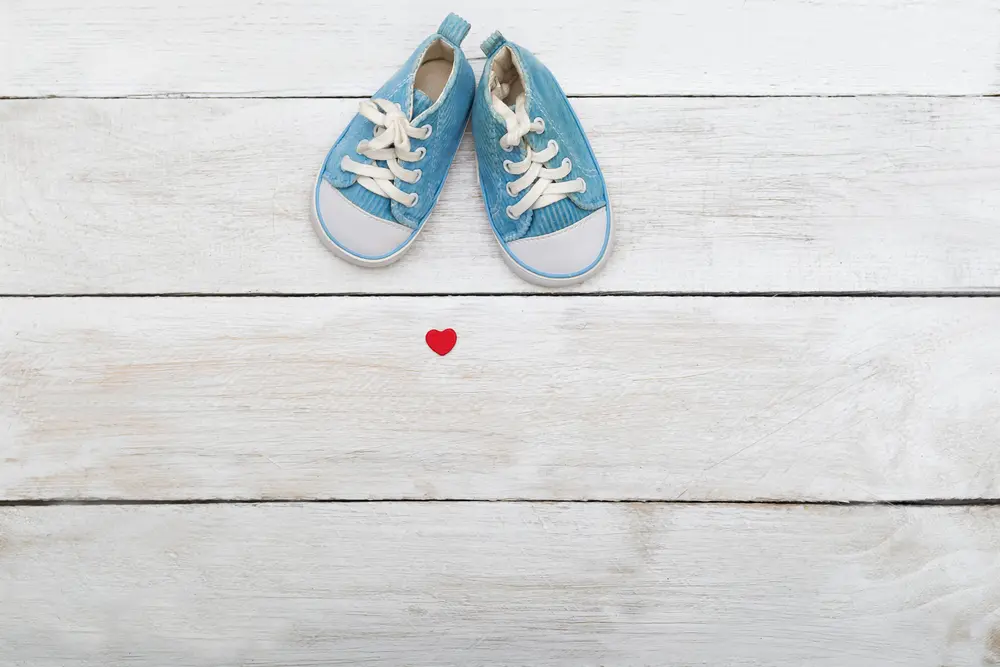
It’s not an easy task to choose the right baby shoes, given their spurts of growth and unsteady walking technique. However, choosing the right shoes is very important to ensure the comfort and safety of your little ones, from birth up to 18 months of age.
Below are some of the important factors to consider when selecting baby shoes.
Choose the right size
You can use a foot scale to determine a baby’s shoe size, or trace the shape of their foot on a sheet of paper before taking measurements. Once you have established the correct shoe size for your child, always opt for the next size up if they are between two shoe sizes. Also, if the shoe insole can be removed easily, you can use it to see whether there is enough space between the tip of the sole and the child’s toes. Normally, a space equivalent to the width of an inch is sufficient.
Velcro, laces or zippers?
While your baby is learning to walk during their first months, it is best to choose shoes with laces, which offer better support, stay on the feet better, and fit better.
The sole
For babies who have not yet reached the walking stage, soft leather slippers will do the job to protect their feet. When your child takes their first steps, you can select soft-soled footwear that provides solid support for the foot. This footwear should provide good support and be flexible at the toes. A sole that is too soft, buttress and bend at the toes. A sole that is too cushioned, like that found on Crocs, could slow your child’s walking progress.
Proper maintenance
A proper fit is important to ensure the baby feels comfortable in their shoes. Ensure that the model chosen keeps their feet firmly in place and that their feet do not move towards the front of the shoe while walking. This would make them unstable on their feet, may result in falls and could hinder their progress.
Does the ideal baby shoe really exist?
It’s difficult to answer this question, since every brand offers baby shoes with different features, depending on the price. When shopping for baby shoes, keep the tips above in mind, and pay particular attention to the following characteristics:
- Soft leather shoes with a light rubber sole offer more flexibility and are recommended for indoor use for children with no foot issues;
- Lightweight models will help the baby move easily;
- The baby’s arch must properly fit the shoe’s insole, the heel must be properly supported from behind, and the front of the foot must have free movement;
- The shoe model must be firm enough to absorb shock while walking outside on hard surfaces like concrete and asphalt.
Lastly, remember that a baby who does not walk yet does not need shoes, and when they do begin to walk around they do not always have to wear shoes. Allow their little feet to explore different ground textures like grass, sand and earth, and instead use the shoes to protect their feet and help them become accustomed to covering them! Often, wearing a shoe will give babies confidence and encourage them to take a few steps indoors.
Don’t hesitate to consult a podiatrist for all your questions regarding the purchase of baby shoes or questions about your child’s foot development!
Your podiatrist can perform an assessment of your child’s feet and guide you to the shoes best suited to them.